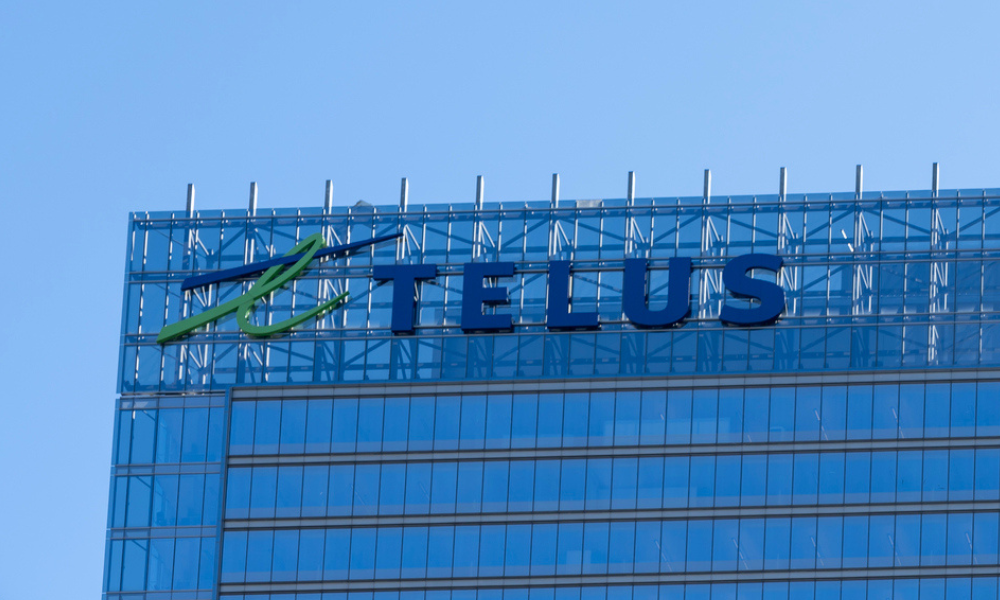'Silent' condition is impacting a growing number of Canadians, what steps can plan sponsors take?

Canadians are anxious. Sine the onset of the COVID-19 pandemic, in line with other aspects of a global mental health crisis, rates of depression, substance use, and anxiety have risen significantly. Dr. Matthew Chow, psychiatrist and Chief Mental Health Officer at TELUS Health recently explained how geopolitical and economic uncertainty have combined with personal challenges, the rise of incivility, and a skyrocketing cost of living to create a ‘perfect storm’ of anxiety. In working to address that perfect storm, TELUS Health has partnered with anxiety Canada to develop solutions that Canadian organizations can implement.
Wade Domries, VP of Total Rewards at TELUS, and Carol Craig, former Director, Pensions & Benefits, now working as a consultant with TELUS, offered some steps and best practices that plan sponsors can follow to help address the issue of anxiety. They drove home the challenges associated with rising anxieties but emphasized that with a proactive approach and meaningful engagement, plan sponsors can help address this issue for their members.
“We try to look at a wellbeing program that supports our team members holistically, covering five pillars of wellbeing,” says Domries, “Mental health is one of them, followed by physical health, financial wellbeing, social wellbeing, and environmental health. These pillars all work together. So the first step is to say anxiety can manifest itself in mental health, but what’s the trigger for anxiety? It could be financial stress, it could be a lack of social connection. You need to understand the source first and what’s driving that, then you can put together a plan to support a team member.”
Craig and Domries both emphasized the multifaceted and dynamic nature of their own plans at TELUS. Different generations and people of different backgrounds will have different triggers for anxiety. Addressing those specific causes is key for any benefits plan.
Choice and flexibility are watchwords that Domries and Craig. As they construct benefits plans to address the rise in employee anxiety, they want to have multiple levers that can be pulled as needed. That process begins with an intake and assessment process that can take that member and put them in touch with the right supports, whether that’s mental health counselling or financial guidance.
Craig drove home the financial planning advice services that TELUS is able to offer their team members. Given how deeply connected financial wellbeing is to anxiety, they have recognized that helping to address financial worries can help a member address a source of anxiety.
“We really recognize that, especially right now, with the cost of living being so high, and people struggling with their finances, we want to try to find a way to be able to really help our members and so we made this financial planning and advice available,” Craig says. “And this can really help them because we really believe that financial anxiety can cause a lot of stress in the workplace and at home for our plan members.”
In addition to financial advice, the plan at TELUS includes a wide array of a la carte options that members can choose from. Those include $5,000 per team member and each dependant in terms of mental health support as well as that financial counselling. It also includes some unique options based on background, such as an Indigenous wellbeing benefit program.
Even the most robust plans may not always be able to detect anxiety, however. The condition can fly under the radar somewhat as members appear functional and normal while experiencing high levels of anxiety. To address that TELUS has deployed a contact center that includes custom programs and conversation components oriented around detecting underlying mental health issues like anxiety. Fundamentally, Domires and Craig emphasize the importance of intentionality and listening to protect against levels of anxiety.
“It comes back to the preventative type of programs that you can offer,” Domries says. “Encouraging team members to have social connection is one element, our semi-annual fitness challenge is another…It’s about keeping the conversation alive and feeling the connection that each team member has. Those are all preventative measures that help to support the team member in a very positive way. And there are some very good outcomes, not just from a team member’s own satisfaction, but from an economic perspective for the organization, because you can measure your short-term disability rates and absenteeism and the extent to which you see those rates lower than the industry norm, that’s a measure of success.”



